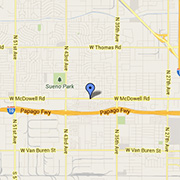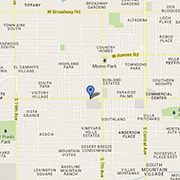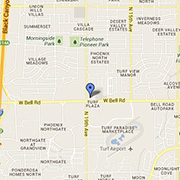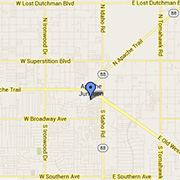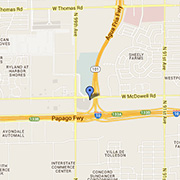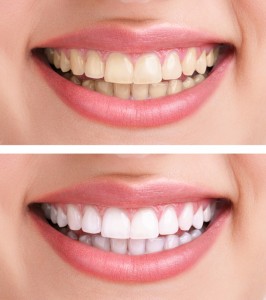 Has your morning coffee taken its toll on your smile and you want to bring the sparkle back? These days, you have several options, some of which only require a trip to the drugstore. Here’s some facts on at-home products and how they compare to visiting your dentist.
Has your morning coffee taken its toll on your smile and you want to bring the sparkle back? These days, you have several options, some of which only require a trip to the drugstore. Here’s some facts on at-home products and how they compare to visiting your dentist.
At-Home Products
- Whitening rinses. Used like a mouthwash, these rinses are easy to use. You swirl it around in your mouth for about a minute. Because the whitening agent in the rinse is in contact with teeth for a short time, this method whitens teeth more gradually than other methods.
- Whitening toothpaste. There are plenty of toothpastes in the grocery store that have “Whitening” in big letters on them. They’re called whitening toothpastes because they have mild abrasives or enzymes in them that remove surface stains when you brush. This is effective for surface stains on your teeth, but can cause your teeth to become sensitive, because the abrasives also scratch at your tooth enamel.
- Gel strips. These are usually applied to teeth once a day for up to 2 hours. This kind of system uses peroxide-based bleaching agents that whiten the teeth and generally, the longer you keep them on, the whiter your teeth become. However, keeping the gel on longer will dehydrate your teeth and increase tooth sensitivity.
- Whitening trays. These are plastic trays filled with whitening gel (the same kind as the strips) that fit over teeth like a tooth guard. They whiten teeth fast, but because trays sold in at-home kits aren’t custom-made to fit your teeth, they’re more likely to rub and irritate gums.
If you decide to try an at-home whitener, be sure to follow the directions closely, and remember, over the counter treatments typically aren’t as effective as in-office ones.
In-Office Procedures
The most common in-office whitening procedure involves custom-made trays filled with bleaching solution that fit firmly over teeth. Because your dentist supervises the procedure, a stronger bleaching solution can be used than what’s found in home kits. A light or heat source may also be used to speed up the process.
Which Is Right for You?
Speed may also matter to you. Professional solutions are typically stronger than those in over-the-counter kits, so you get results faster. Your dentist can also make sure that sensitive gums aren’t exposed to whitening agents and use desensitizers. If you have gum problems, untreated tooth decay or sensitive teeth, talk to your dentist before using any products.




